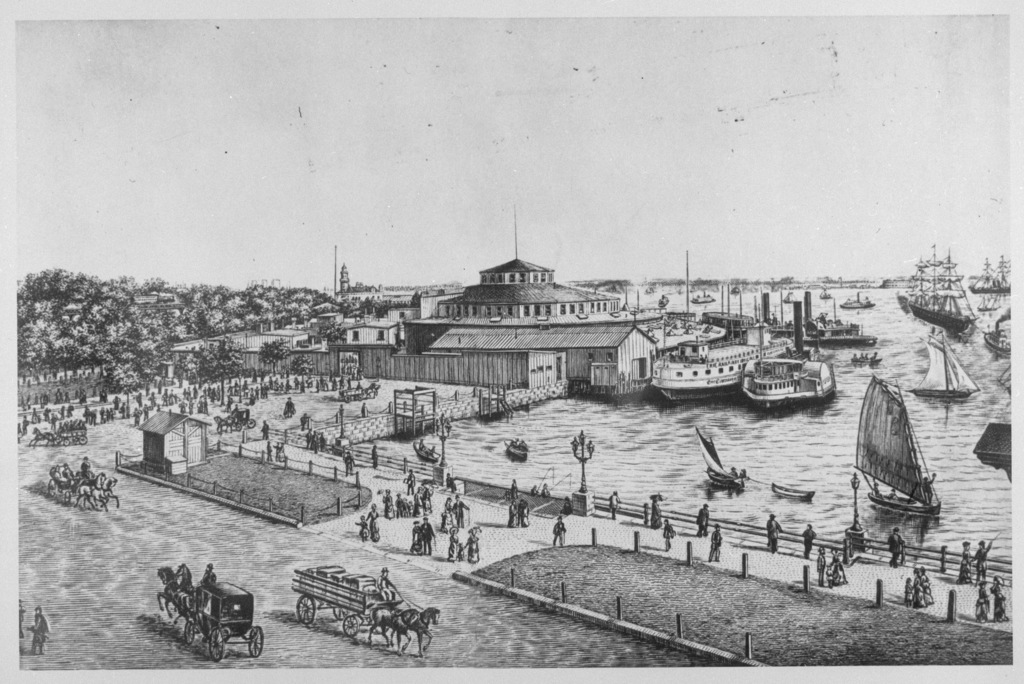Migrants and the State:
A Database for Researchers and Communities
Migrants and the State: Unlocking the Potential of A-files for the Histories of U.S. Immigration

© U.S. National Archives and Records
We created this website in collaboration with the NYU-based project Migrants and the State: Unlocking the Potential of A-files for the Histories of U.S. Immigration, which explored the intersection between government record-keeping and research on immigration.
Migrants and the State, directed by professors Ellen Noonan and Sibylle Fischer, and winner of the 2023 Digital Humanities Advancement Grant from the National Endowment for the Humanities (NEH), is an interdisciplinary digital-humanities initiative that seeks to develop prototypes for open-source machine learning techniques. Its goal is to enhance accessibility of historical immigration records for scholars and migrant community members.
Our website displays a searchable database of tens of thousands immigration records, called A-Files, that are housed by the National Archives and Records Administration (NARA).
Initially, we wrote a Python program (available on this website) to work with 48 CSV files provided by NARA, which contain over 1.2 million entries with migrants’ metadata. The program created a database table that allows to produce visualizations based on a master CSV file. However, our database had not entered every migrant record; once we added the total of rows in the CSV files, the resulting database table contained 765 030 entries out of 1 213 230. Still, the visualizations rendered by the program, which included total migrants per country of birth, served to parse out initial general trends.
Our next steps involved sharing the CSV files to the public in an interactive way while also addressing possible errors in our Python program (like repeated “a-numbers,” unique identification numbers). To that end, we utilized Acho’s data app development platform, which allows users to create a wide range of data processing and visualization interactions with uploaded and/or linked data. Acho allowed us to create our own embeddable data application, which appears on our website’s “Database” page. Aiming for simplicity, we added a searchable database with the Acho master list, which can search through the first name, last name, and country of birth columns. In the same data app, we added a second element, a bar graph with global totals by country of birth (including empty values). Acho’s online platform was very easy to use, though we encountered difficulties trying to embed the actual data app onto our WordPress, as well as in regards to the sizing of the country names both on the data app and on the WordPress. Also, we found that the actual visualizations that we could use through Acho were very limited; for example, through Python, we were able to filter out certain countries and create regional as well as global tallies, which was impossible through Acho. However, due to the cleanliness of the data, Acho served to create a simple and effective master CSV file, with which we could later create even more precise visualizations (probably through Python).
A searchable database allows users to peruse through the columns we selected and search by name or country of birth. Moreover, this provides users with a glimpse into the kind of data and metadata that the federal government has compiled of migrants. Though Migrants and the State has retrieved only a small fraction of the total of migrant a-files housed in in the National Archives, users have access to the a-numbers of the records that the digital project has compiled. With this unique identification number, users can inquire about the respective migrants’ complete a-file through the federal government; they are also invited to send the project working group an email and inquire about a specific migrant record through them.
